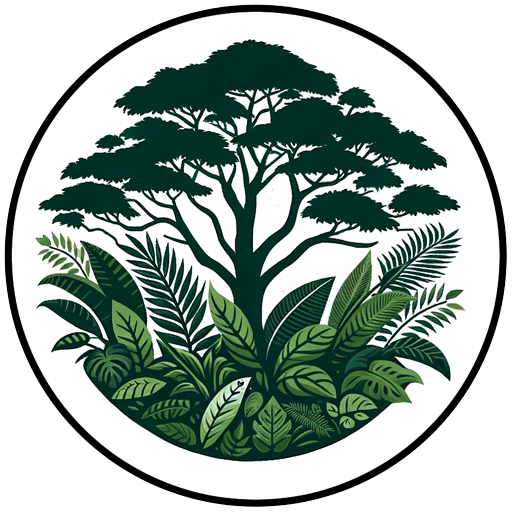In the shadow of the Andes, a quiet revolution is unfolding, reports James Hall for Mongabay News.
The Queuña forests, once covering vast stretches of the mountains, have dwindled to a mere fraction of their former glory, leaving behind a landscape where biodiversity and water security hang in the balance. This ecological collapse has triggered an unforeseen consequence: wild animals, displaced by deforestation, are edging closer to Indigenous communities, sparking conflict between people and predators.
The puma, the Peruvian desert cat, and the Andean cat have found themselves at odds with humans as they encroach on these shrinking habitats. It’s not the cats themselves that are the root of the problem, as biologist Cindy Hurtado notes, but the loss of their prey. As vizcachas and deer vanish, domestic livestock become the next best meal.
The impact on local livelihoods has been significant, particularly for the women of the Quechua village Licapa. In this community, where men often leave to find work in the cities, women remain behind, caring for children and shepherding small flocks of alpacas, chickens, and guinea pigs. The loss of these animals to wildcats is not just a matter of inconvenience; it is a direct threat to the family’s income.
“We thought [the wildcats] were bad animals,” recalls Alicia Ccaico, reflecting on the hardships that ensued when pumas began preying on their alpacas. The traditional response was predictable: the fewer wildcats, the better. Yet, in Licapa, this entrenched view has begun to shift, thanks to an project driven by Indigenous women, led by Quechua biologist Merinia Mendoza Almeida and cat expert Jim Sanderson.
What began as a hesitant experiment has blossomed into a full-fledged movement: Mujeres Quechua por la Conservación. Monthly meetings have become a cornerstone of village life, where over 30 women gather to discuss their experiences, learn about the ecosystem, and explore solutions that balance the needs of both humans and wildlife. These gatherings are more than just conservation efforts; they are spaces of empowerment in a society where women’s voices have often been muted.
Simple measures, like fortifying chicken coops, have mitigated conflicts with smaller cats. But tackling the puma problem has required more nuanced strategies, including reducing grazing pressures on the forest. The results have been promising, and the project’s emphasis on Indigenous women has begun to dismantle long-standing patriarchal barriers in the region.
As researcher Rocio Morales points out, this project is a rare example of how integrating Indigenous women into conservation can break down social and political barriers. And as Almeida notes, the involvement of children in these activities ensures that the seeds of conservation are already being sown in the next generation. In the highlands of Licapa, where the past and future converge, a new chapter is being written—one where coexistence, rather than conflict, might just be the legacy left behind.
Hall’s story: How a fun women’s gathering led to small wildcat conservation in Peru’s Andes

